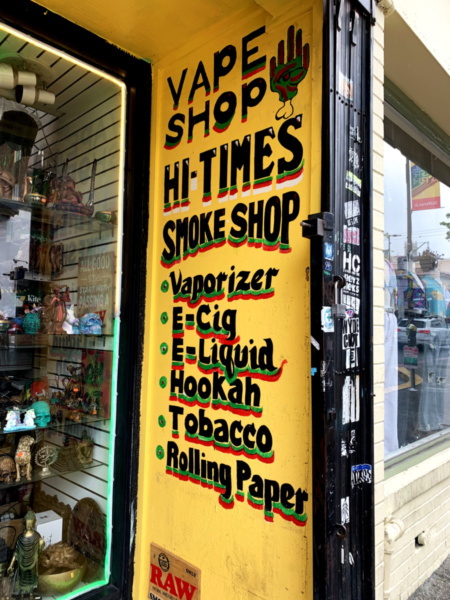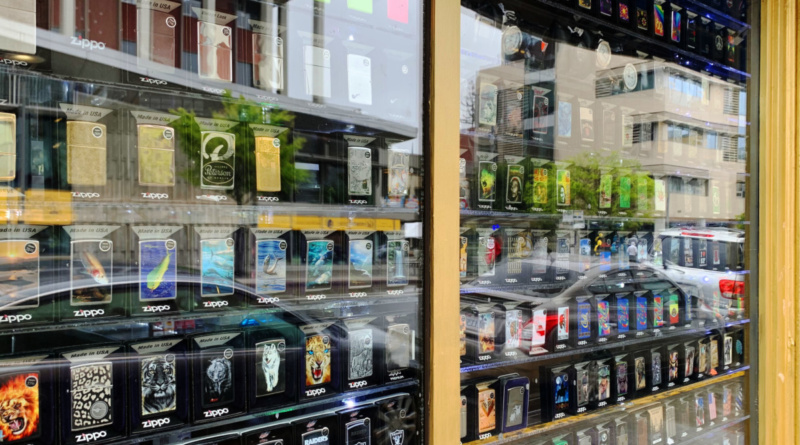Davis High students successfully quit vaping despite social pressure
PHOTO: A smoke shop in downtown Oakland, CA displays various Zippo lighters in its window.
By Clara Ault,
BlueDevilHUB.com Editor–
Last year, Davis Joint Unified School District was involved in a class action lawsuit on JUUL for targeting their products towards teens and disrupting school. Still, Davis High faces challenges in its goal to reduce vaping.
According to the Truth Initiative, 27.5% of US high schoolers use some form of vape product. Young people aged 15 to 17 are 16 times more likely to vape than people aged 25 to 34. A survey conducted by The New England Journal of Medicine found that kids who vape are on the incline, up from 11% to 25% in 12th graders, 8% to 20% in 10th graders, and 4% to 8% in eight graders.
This culture has made its way to Davis High, where students flock to the bathrooms during breaks or class to get their nicotine fix. One DHS sophomore girl, who wishes to remain anonymous, quit vaping after noticing the significant impact it was having on her life.
“My lungs would hurt in the mornings, and that affected my ability to do sports. Also my head would hurt and I would be in a crappy mood if I didn’t have nicotine for a few days,” she said.
She started vaping in seventh grade, because she thought it was cool.
“Some of the kids I looked up to were doing it and I remember wanting to impress the people around me. That all sounds really stupid saying it know because I know vaping isn’t cool, it’s pointless, bad for your health, and when started at a young age, will lead you down a path of addiction and other negative situations,” she said.
The CDC has reported 2,807 hospitilizations and 68 deaths since February 2020 as a result of vaping. Vaping has also been linked to heart disease, gum inflammation, lung disease, brain development effects, and severe lung injury.
Despite being motivated for social reasons, the sophomore soon began to lose friendships and relationships with people who genuinely cared about her as they disapproved. Eventually, she made the decision to quit.
“I slipped up a couple of times and started vaping again because I would give myself excuses like ‘it’s just this one time it can’t hurt.’ I would say overcoming these excuses was the hardest part. A tip to people who have realized the problems posed by nicotine is to write down a list of reasons for quitting, and read it over whenever they are tempted,” she said.

One DHS student who graduated in 2020 also vaped for a short while before realizing how it was posing an issue on his health.
“I had been doing it for a few weeks and I was swimming at the time and I got winded in warm ups, I stopped and felt better even the next day,” he said.
The hardest part for him was being around people who continued to vape and feeling that social pressure to participate.
“My friends still did it so it was always there. [One friend] had started first, then [another one followed suit] and then once they were both doing it I just tried it one day to see what it was like and then did it for a while,” he said.
“Too see what it’s like” is the most common reason that teens give when saying why they started vaping, at 60.9% of users according to the National Institute of Health. A lot of research for vaping is still ongoing, as it is a relatively new product. 99% of vape products have nicotine, according to the CDC, making vaping an addictive and dangerous hobby to pick up.





